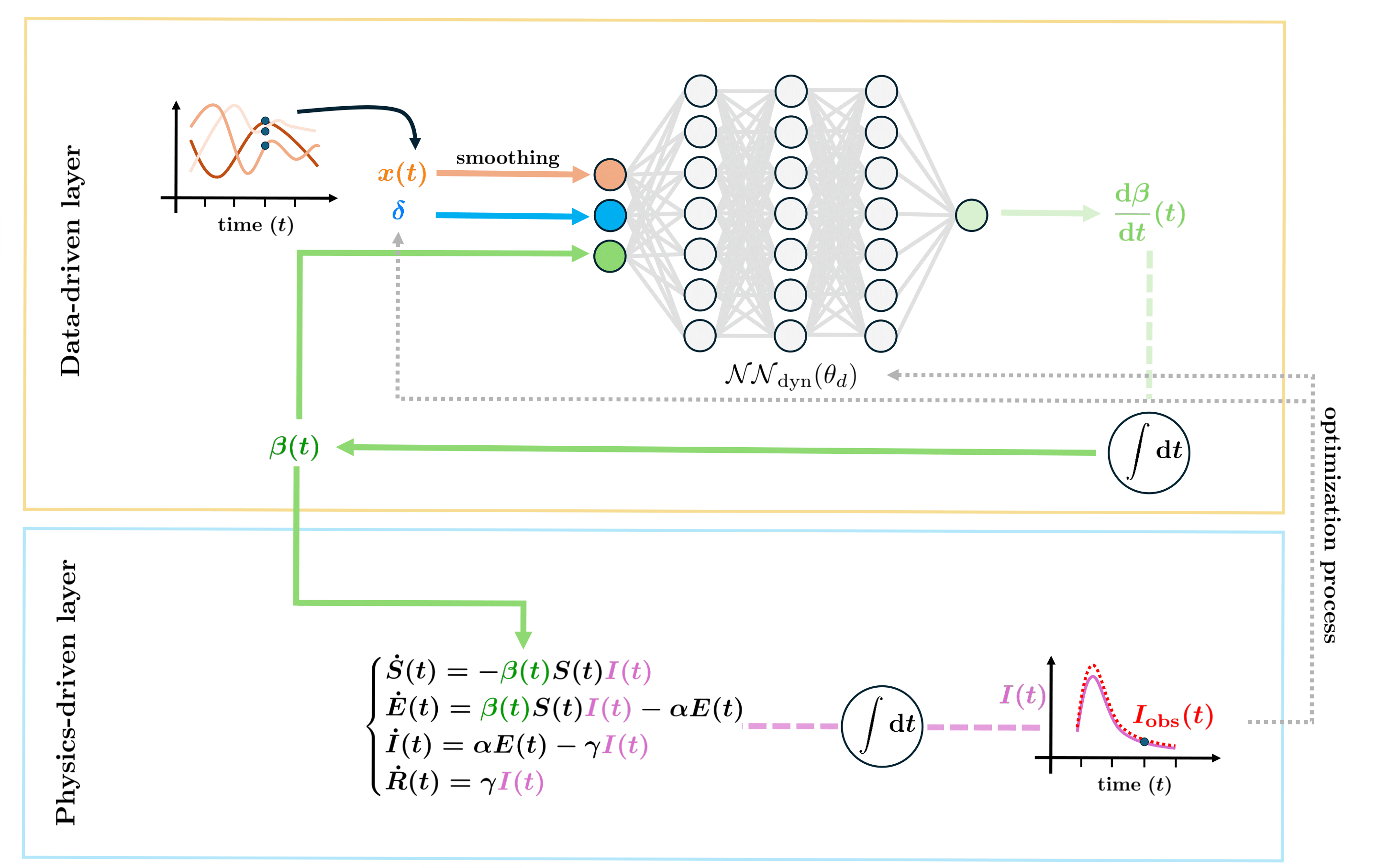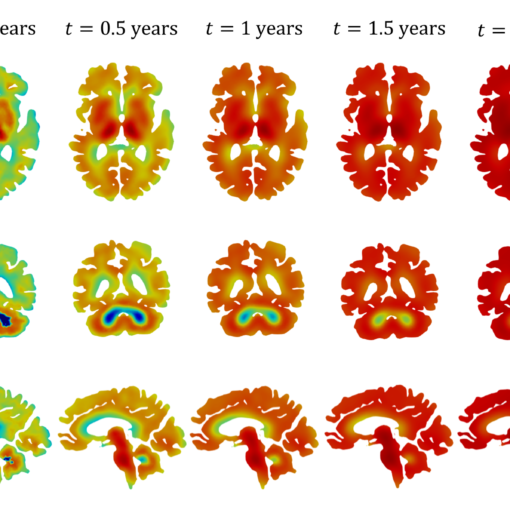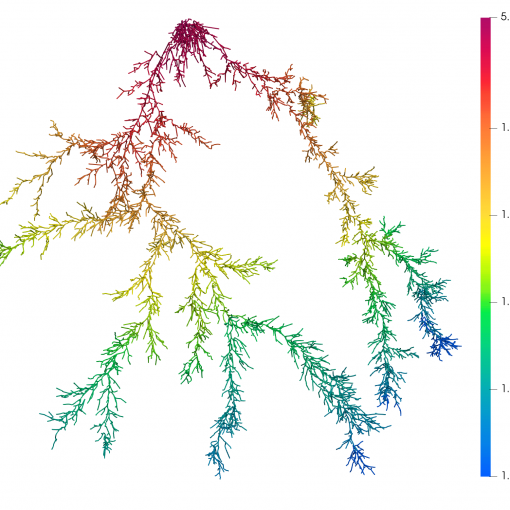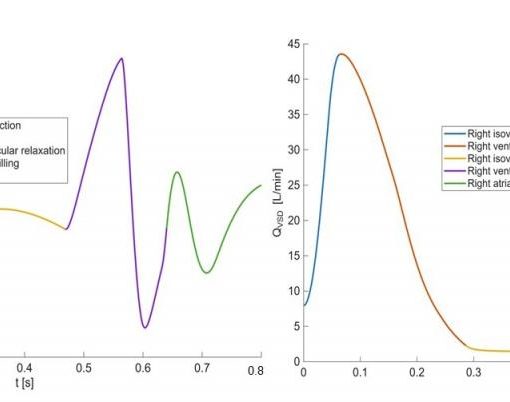A new MOX Report entitled “A model learning framework for inferring the dynamics of transmission rate depending on exogenous variables for epidemic forecasts” by Ziarelli, G.; Pagani, S.; Parolini, N.; Regazzoni, F.; Verani, M. has appeared in the MOX Report Collection. Check it out here: https://www.mate.polimi.it/biblioteca/add/qmox/78-2024.pdf Abstract: Recent advancements in scientific machine learning offer a promising framework to integrate data within epidemiological models, offering new opportunities for the implementation of tailored preventive measures and the mitigation of the risks associated with epidemic outbreaks. Among the many parameters to be calibrated and extrapolated in an epidemiological model, a special role is played by the transmission rate, whose inaccurate extrapolation can significantly impair the quality of the resulting forecasts. In this work, we aim to formalize a novel scientific machine learning framework to reconstruct the hidden dynamics of the transmission rate, by incorporating the influence of exogenous variables (such as environmental conditions and strain-specific characteristics). We propose an hybrid model that blends a data-driven layer with a physics-based one. The data-driven layer is based on a neural ordinary differential equation that learns the dyna! mics of t he transmission rate, conditioned on the meteorological data and wave-specific latent parameters. The physics-based layer, instead, consists of a standard SEIR compartmental model, wherein the transmission rate represents an input. The learning strategy follows an end-to-end approach: the loss function quantifies the mismatch between the actual numbers of infections and its numerical prediction obtained from the SEIR model incorporating as an input the transmission rate predicted by the neural ordinary differential equation. We validate this novel approach using both a synthetic test case and a realistic test case based on meteorological data (temperature and humidity) and influenza data from Italy between 2010 and 2020. In both scenarios, we achieve low generalization error on the test set and observe strong alignment between the reconstructed model and established findings on the influence of meteorological factors on epidemic spread. Finally, we implement a data assimila! tion stra tegy to adapt the neural equation to the specific characteristics of an epidemic wave under investigation, and we conduct sensitivity tests on the network’s hyperparameters.
You may also like
A new MOX Report entitled “A structure-preserving LDG discretization of the Fisher-Kolmogorov equation for modeling neurodegenerative diseases” by Antonietti, P.F.; Corti, M.; […]
A new MOX Report entitled “Structure Preserving Polytopal Discontinuous Galerkin Methods for the Numerical Modeling of Neurodegenerative Diseases ” by Corti, M.; […]
A new MOX Report entitled “Numerical Solution of linear drift-diffusion and pure drift equations on one-dimensional graphs” by Crippa, B.; Scotti, A.; […]
A new MOX Report entitled “Analytical interpretation of hemodynamic data in patients with intracardiac shunts: role of mathematical modeling” by Paolo, F.; […]





